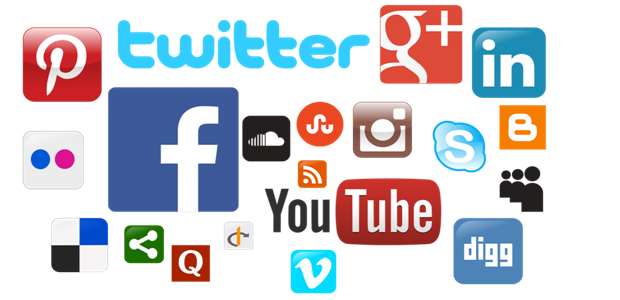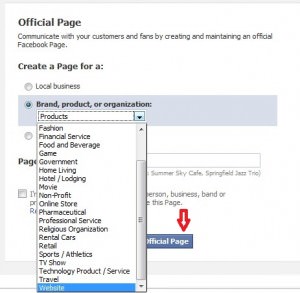The Future Of The Top 5 Leading Social Media Platforms
Social media has changed the way we communicate forever. An estimated 2.3 billion people worldwide use at least one social networking site: this includes 90% of young people and two-thirds of all adults. Every 12 seconds, a new member signs up with a social networking website – and we spend an average of 109 minutes per day using social media sites.
We use social media to talk with friends and family, to seek job opportunities, to meet new people, share news, look at photographs, interact with brands and search for interesting items. Free private messaging is one of the top reasons people use social media: an estimated 60 billion messages are sent every day through Facebook’s WhatsApp and Messenger applications. Right now, social networking is the hottest trend in internet use and it is transforming all aspects of our lives. But is this growth sustainable in the long term – and what does the future look like for the leading social sites?

Which are the leading social media networks right now?
There are some challenges when determining the top social media sites, as the rankings change based on daily, monthly and overall use. Some applications have a large amount of registered users, but engagement from those users is irregular and patchy. Others have a smaller overall follower base, but their users may log in to the service several times a day. However, one thing is certain: no matter how you look at it, Facebook remains the top performer by a huge margin. Research by the team at VoucherBin.co.uk revealed an 89% penetration of the mobile market by Facebook and its associated applications.
The world’s top five social media platforms in August 2016, as determined by number of unique monthly users:
- Facebook – 1,100,000,000
- YouTube – 1,000,000,000
- Twitter – 310,000,000
- LinkedIn – 255,000,000
- Pinterest – 250,000,000
Of course, this is a highly subjective list which only considers monthly use. When ranked by total registered users or total app downloads, Pinterest and LinkedIn are pushed out of the top five. Replacing them are Instagram and Google+, or occasionally Tumblr.
Snapchat is also making waves among the key players, recently surpassing Twitter for daily usage with 150 million unique visitors. When the definition of a social network is applied more loosely, forum site Reddit climbs to third place in the list of popular platforms.
The future of the biggest social media platforms
For the purposes of this article, we are looking at those main networks as determined by monthly use: Facebook, YouTube, Twitter and LinkedIn.
- YouTube
Google’s video-sharing site YouTube is included here due to its staggering popularity, despite it not fitting the traditional idea of a social network model. As a profile-based platform for connecting people and sharing content, it certainly fits the broad definition of a social media site. Video is expected to account for an incredible 69% of consumer internet traffic by next year, and 63% of marketers plan to focus on video above all else. As the only site other than Facebook to achieve 1 billion unique monthly visits, it doesn’t look like YouTube’s growth is slowing down any time soon.
LinkedIn shows curious statistics when it comes to usage. The business network is one of the most densely populated online, but it has one of the worst records for user engagement. In other words, almost everybody has a LinkedIn account, but nobody is using theirs regularly. Just 17 minutes per month are spent using LinkedIn per person. It seems unlikely that LinkedIn will go anywhere unless a new business platform steps up – 84% of recruiters and 52% of companies have hired someone using LinkedIn, so this is still the place to be for professionals.
The 140-character text feed made Twitter a fast-growing and exciting social network which gave Facebook a serious run for its money in the early days. However, time has taken its toll and the popularity of Twitter is fading. Tweets sent by users have reduced by around half and the number of users has levelled at around 100 million. While this makes it one of the largest social networks on the internet, its opportunity for growth seems to have peaked. Experts say this is due in some part to the loss of a younger, more active user base who have shifted to image based sharing sites like Snapchat and Instagram.
For over ten years, Facebook has been the undisputed king of social networking. It has a shaky period several years ago when Twitter and other sites threatened to take its place, but some savvy acquisitions and a renewed approach to development have allowed Facebook to weather the storm. In early 2016 Facebook reached 1.59 billion unique accounts – with a further 900 million WhatsApp users and 800 million Messenger members on its sister platforms. By July of this year, the company was reporting revenues of $6.44 billion. Other social networks may rise and fall, but it looks like Facebook is going to go the distance and remain at the top of the pile. With almost half of the total market share – 43.2% – and numbers still growing, expect to see much more from Facebook in the coming months and years.









1 comment
Nadiya
Very interesting article. It helped me in writing my Digital Media Marketing plan for office purposes. The statistics are great. Keep it up